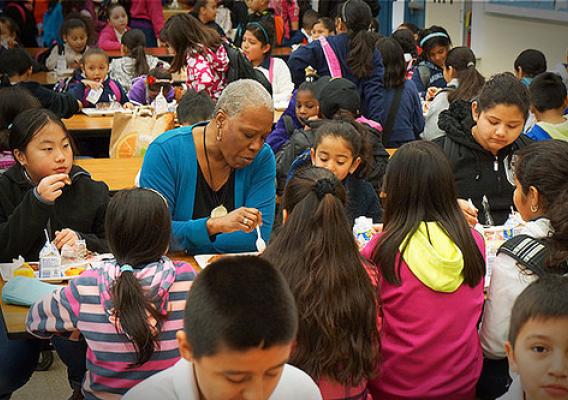As many schools wind down for the year, USDA is gearing up for exciting new improvements designed to make the 2014-2015 school year even healthier for our nation’s future leaders. It’s a commitment rooted in the Healthy, Hunger-Free Kids Act of 2010. In that legislation, USDA is directed to update the school meals to reflect the latest Dietary Guidelines for Americans.
The new school meal requirements are intended to ensure children get the nutrition they need for academic performance and overall health. That’s a mission USDA takes seriously. Feeding kids, and feeding them well, can be a challenge. I understand that as a former school nutrition director, mother, and now grandmother. Plus, we know that change, in general, can be difficult. That is why we are working closely with schools to make sure the transition to the updated standards runs as smoothly as possible. We are listening to what school nutritional professionals, teachers, parents and students are telling us. These partners are the heart and soul of the school community and we have provided flexibilities based on their important feedback.







